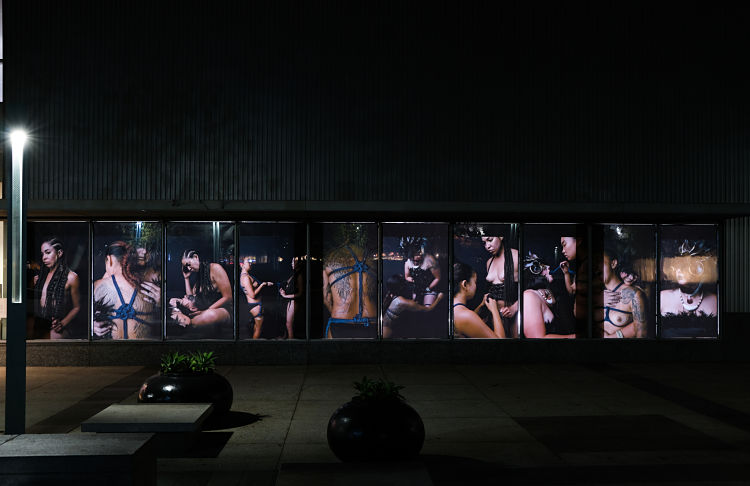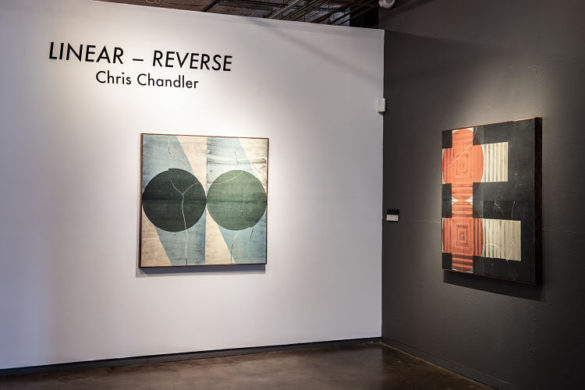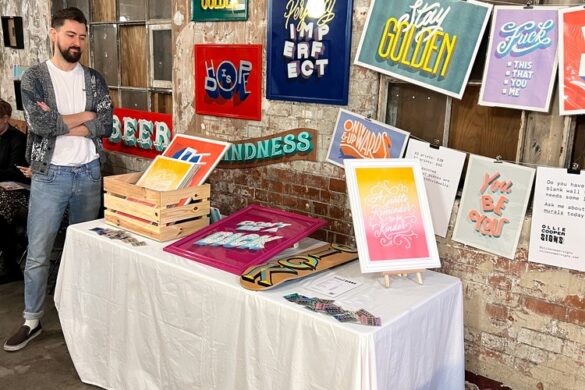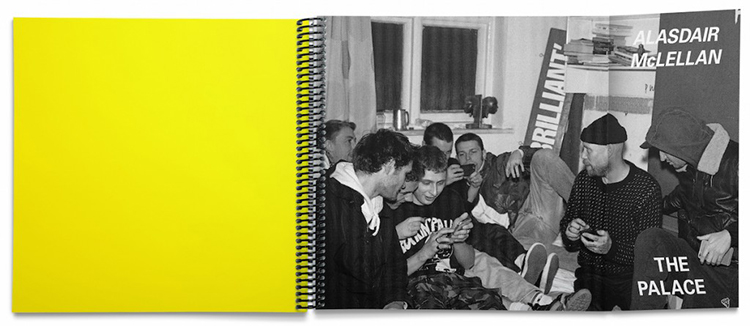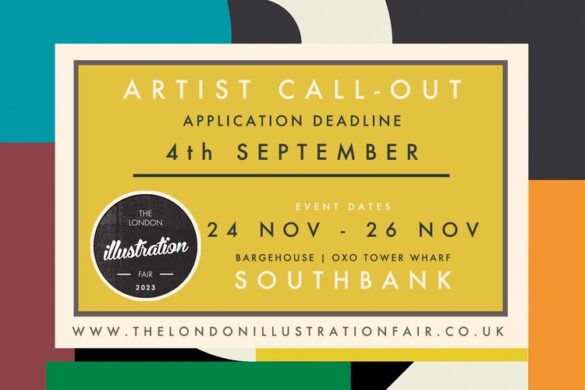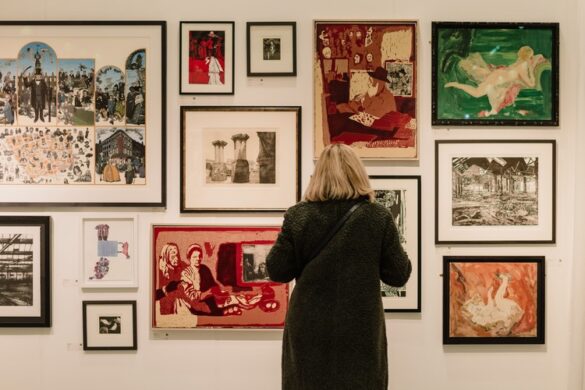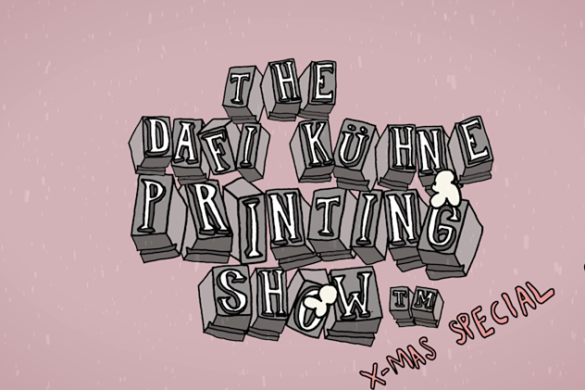Over at the Yerba Buena Center for the Arts (YBCA) in San Francisco—and online, wherever you are in the world with an internet connection—a new exhibition asks how the visual arts can help marginalised groups “survive and thrive.”
The show, titled After Life (We Survive), is billed as “a multimedia public art experience” that explores both speculative and real modes of survival developed by artists “in response to ongoing racial injustice, environmental collapse, health disparities, and loss of homes and land impacting communities of colour.”
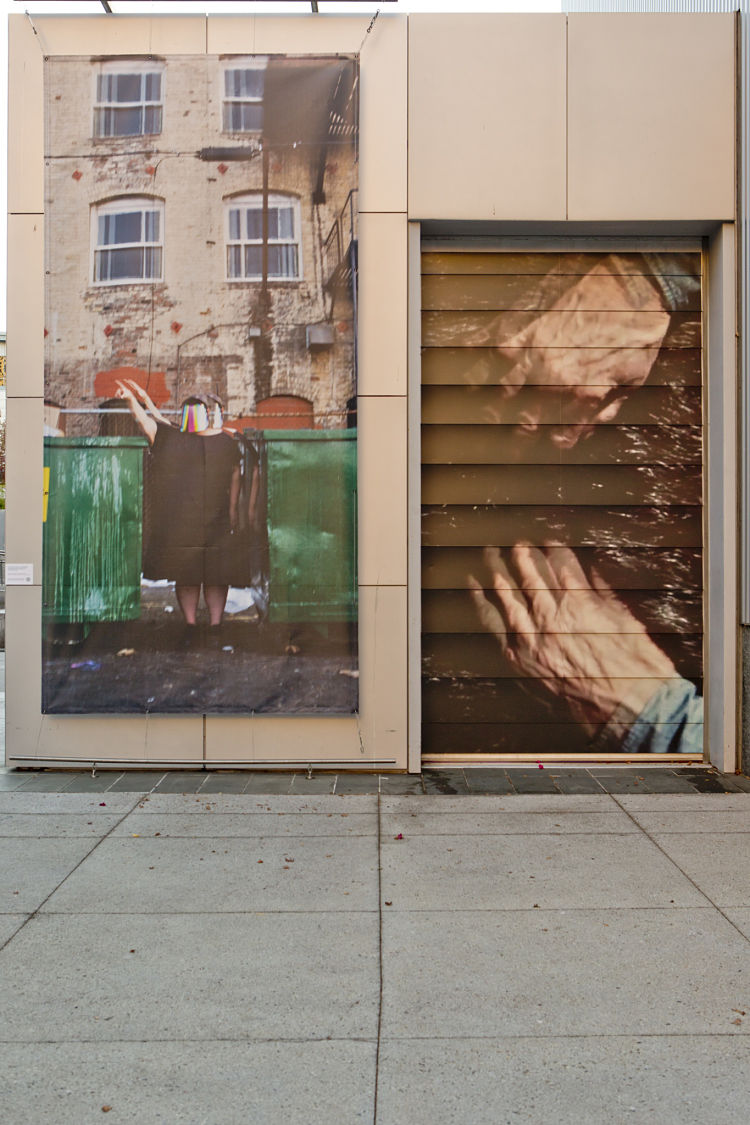
Super Futures Haunt Qollective, Super Furs for the Super Futures, 2120, installation view, AFTER
LIFE (we survive), Yerba Buena Center for the Arts, 2020. Courtesy Yerba Buena Center for the Arts. Photograph by Tommy Lau.
The show feature works by ten “Black, Brown, Indigenous, Queer, and Trans” artists and collectives, who present their proposals for a future in which there’s more support for “LGBTQ, Indigenous, Latinx, Black, Asian, and Pacific Islander communities in the Bay Area and beyond”. These proposals also examine how to amplify the voices and works fo such communities and their grassroots activism.
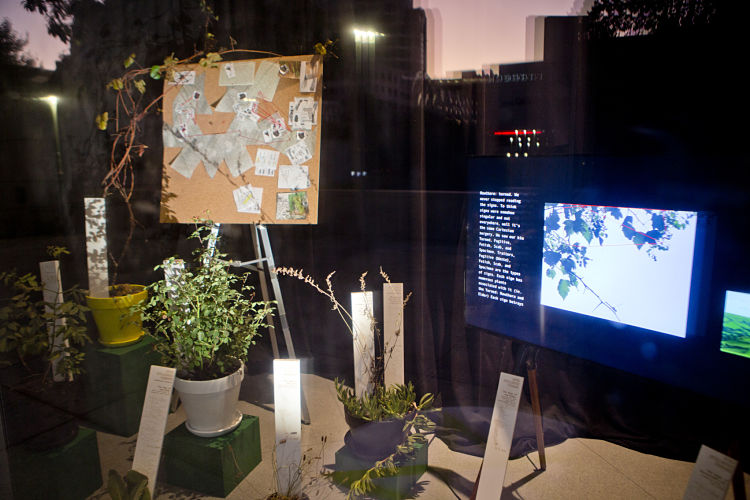
Coven Intelligence Program, One two three potions a secret word/ and soon you’ll see a freer
world, 2020, installation view, AFTER LIFE (we survive), Yerba Buena Center for the Arts, 2020.
Courtesy Yerba Buena Center for the Arts. Photograph by Tommy Lau.
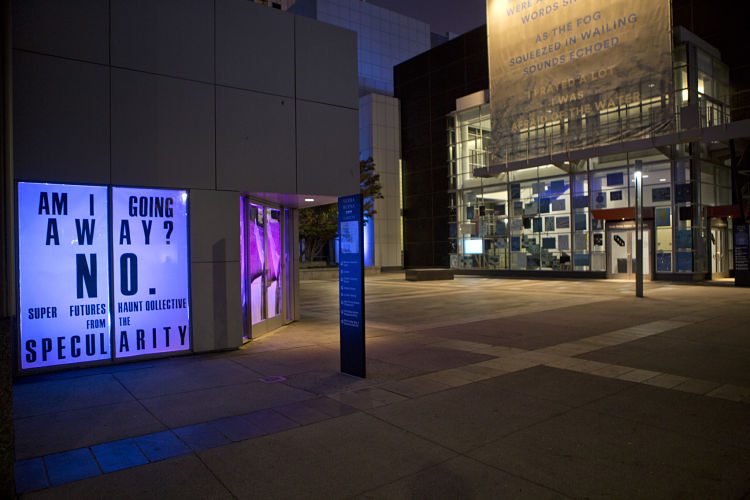
Installation view, AFTER LIFE (we survive), Yerba Buena Center for the Arts, 2020. Courtesy Yerba Buena Center for the Arts. Photograph by Tommy Lau.
The show was orchestrated by curator, writer, and assistant professor of ethnic studies and gender and sexuality studies at the University of Massachusetts Boston Thea Quiray Tagle, who first presented AFTER LIFE at Seattle’s The Alice Gallery in 2018. “The question that drove the exhibition was: How have Asian Americans, Pacific Islanders, and Indigenous communities practiced modes of surviving after ecological disaster and after political violence?” she explains.
With the new iteration of the show opening just after the US presidential election, it now pushes the idea that “We all need to be asking ourselves how we can truly transform the systems and structures that continue to harm our communities, beyond an election cycle and for generations,” Tagle adds. “AFTER LIFE (we survive) is an archive of freedom dreams, that we can draw on for inspiration as we continue that necessary work.”
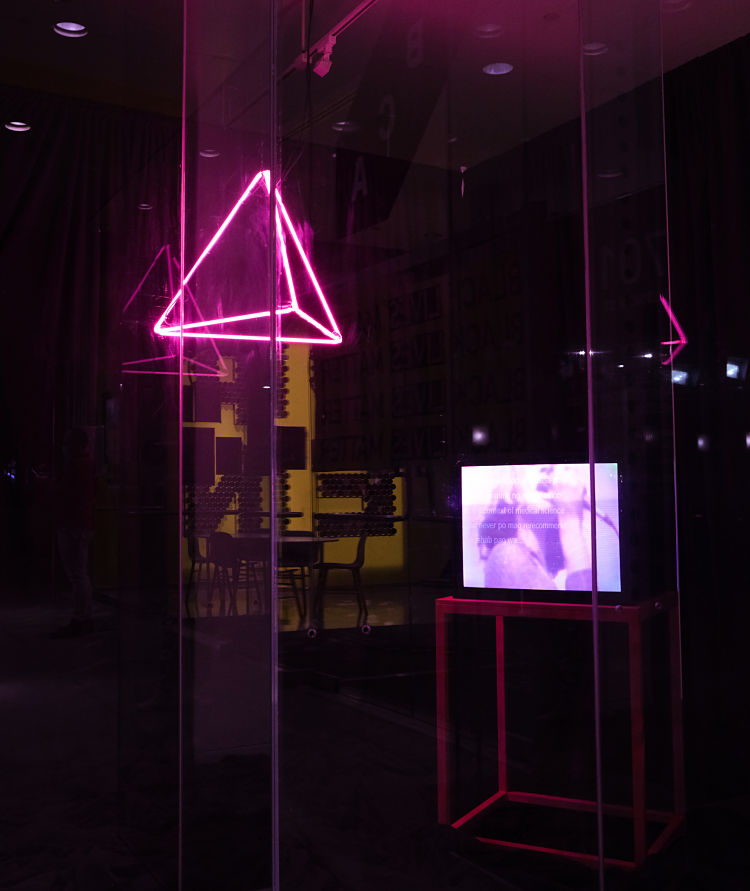
alejandro t. acierto, How to take up space when you’ve only been given the margin, 2019,
installation view, AFTER LIFE (we survive), Yerba Buena Center for the Arts, 2020. Courtesy Yerba Buena Center for the Arts. Photograph by Thea Quiray Tagle.
The pieces in the show are largely created in multimedia, interactive formats. This medium offers a multitude of creative ways for the artists to explore, mourn and memorialise survival strategies that communities have used in the past; such as in the pieces by Micha Cárdenas, Courtney Desiree Morris, and FIFTY-FIFTY artist collective.
Cárdenas’s work takes the form of an immersive Augmented Reality video game Sin Sol / No Sun, which can be seen as a 15-foot high projection on the side of the YBCA Forum building and “invites users to follow her avatar, Aura, as she escapes wildfires and navigates safety as a trans-Latinx, disabled femme.” Courtney Desiree Morris keeps things a little more traditional, showing her photographs from the 2019 series Solastalgia, which act as a “mourning diary” of family and homeplace in Louisiana—a place suffering under flooding, drilling and various other natural and unnatural disasters.
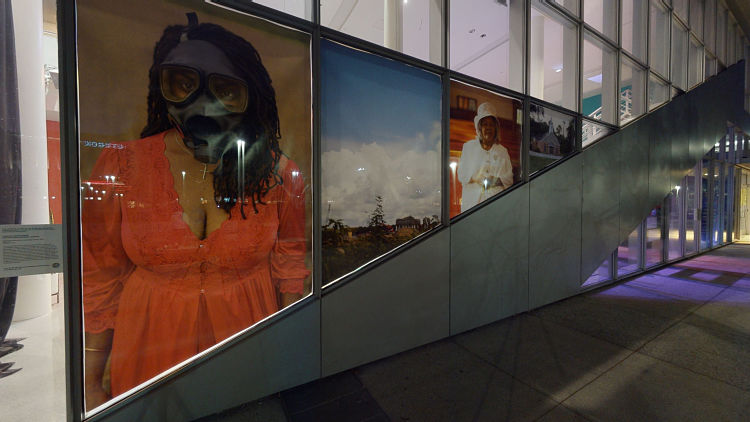
Courtney Desiree Morris, Selected prints from the Solastalgia Series, 2019, installation view,
AFTER LIFE (we survive), Yerba Buena Center for the Arts, 2020. Courtesy Yerba Buena Center for the Arts. Photograph by Artland.
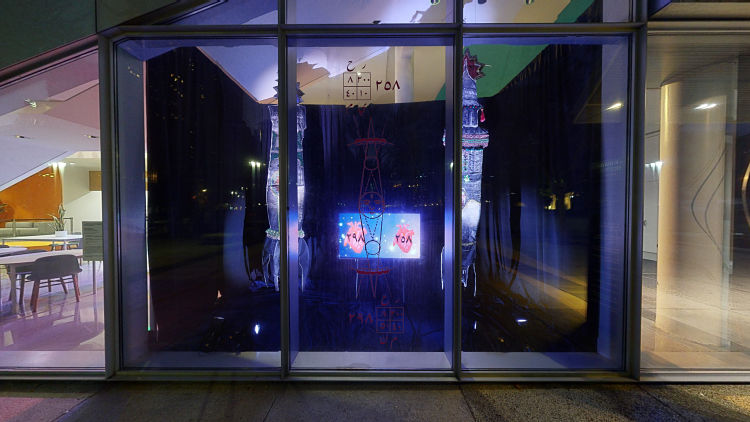
Zulfikar Ali Bhutto, Tomorrow We Inherit the Earth, 2020, installation view, AFTER LIFE (we
survive), Yerba Buena Center for the Arts, 2020. Courtesy Yerba Buena Center for the Arts. Photograph by Artland.
One key theme of the show is Indigenous contemporary art and collaborative practices. Take Art 25: Art in the 25th Century’s 2019 series Future Ancestors, for instance, which comprises large-scale photographs presented in combination with sounds and dialogue from Black and Indigenous queer voices. Another such theme is queer futures, explored by artists including Zulfikar Ali Bhutto with the piece Tomorrow We Inherit the Earth (2020) which “takes us to a queer Muslim future via two rocketships, Grace 298 and Mercy 258,” apparently.
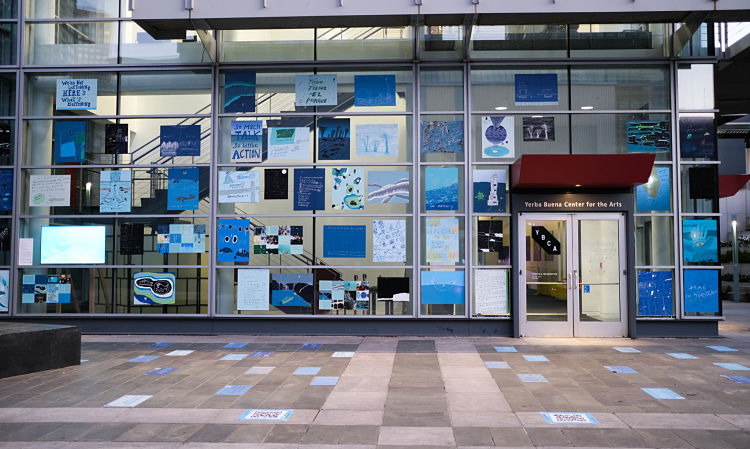
FIFTY-FIFTY, Portable Memories in Rising Seas, 2016-present, installation view, AFTER LIFE (we
survive), Yerba Buena Center for the Arts, 2020. Courtesy Yerba Buena Center for the Arts. Photograph by Thea Quiray Tagle.
The full list of collectives and artists featured is: alejandro t. acierto; Art 25: Art in the 25th Century (Lehua M. Taitano & Lisa Jarrett, with Jocelyn Kapumealani Ng); Jeremiah Barber; Zulfikar Ali Bhutto; micha cárdenas; Coven Intelligence Program (Margaretha Haughwout, Suzanne Husky, and efrén cruz cortés); FIFTY-FIFTY (Lisa Bulawsky & Laurencia Strauss, with Dimitry Saïd Chamy); Courtney Desiree Morris; Super Futures Haunt Qollective (C. Ree, F. Sam Jung, and Angie Morrill); and Rea Tajiri.
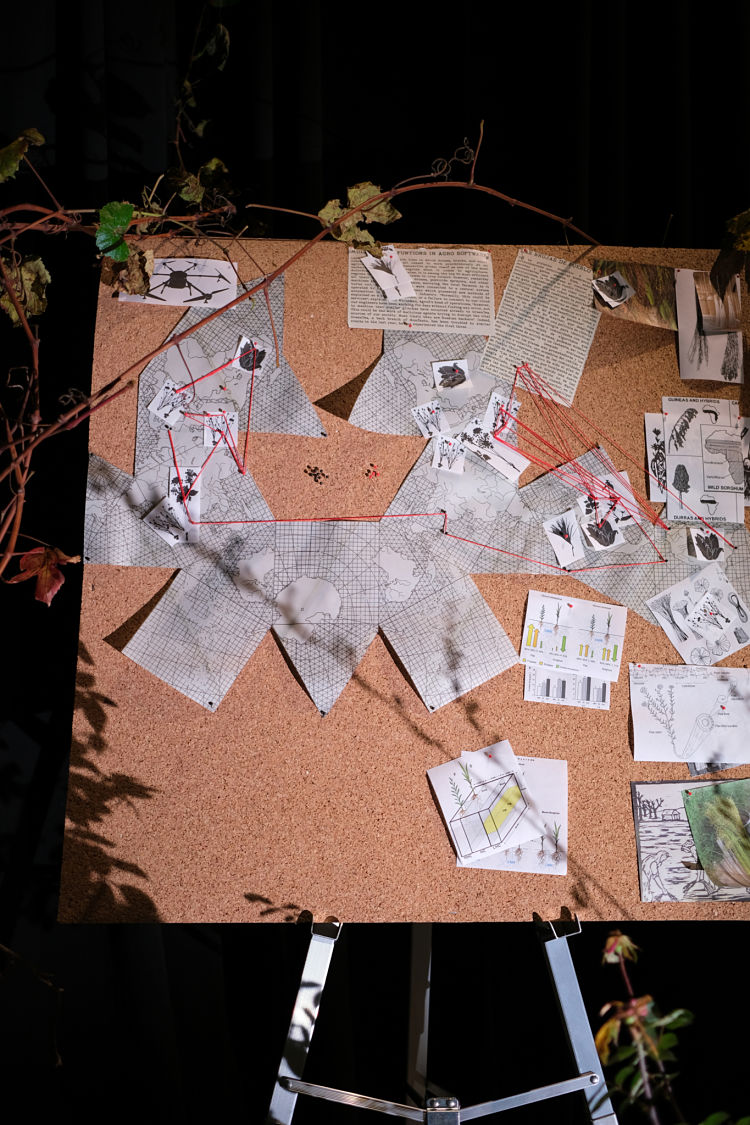
Coven Intelligence Program, One two three potions a secret word/ and soon you’ll see a freer
world, 2020, installation view, AFTER LIFE (we survive), Yerba Buena Center for the Arts, 2020.
Courtesy Yerba Buena Center for the Arts. Photograph by Thea Quiray Tagle.
AFTER LIFE (we survive) can be simultaneously experienced in-person and online with 3D walk-through alongside exclusive digital content, artworks, programming, and artist-curator conversations until 24 January 2021.
- Autobahn - November 26, 2021
- Alphabetical - November 12, 2021
- SOFA Universe - November 8, 2021

